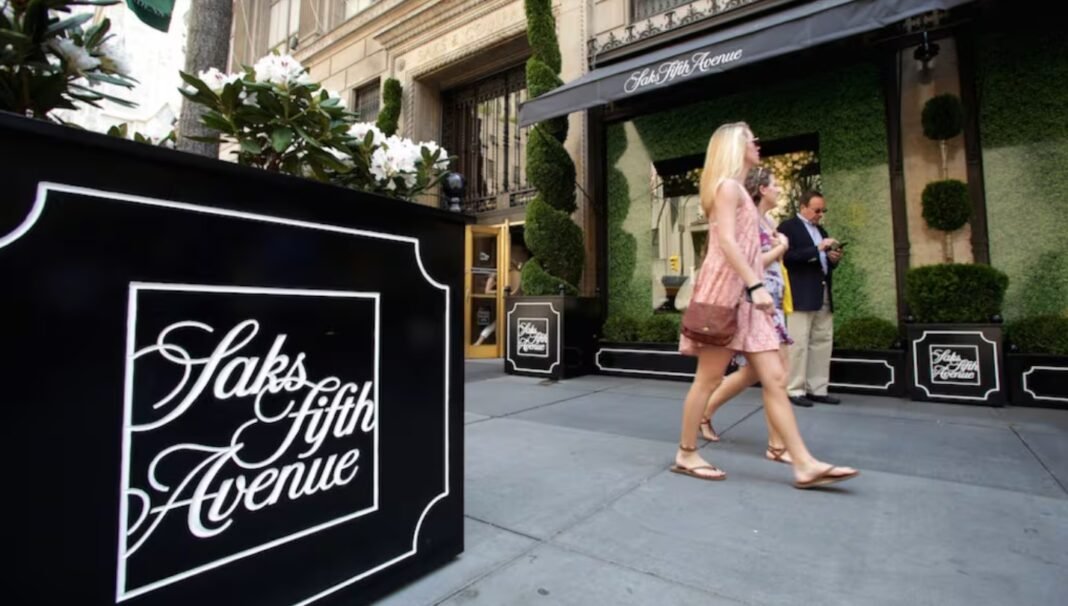Tensions Rise Between Saks, Neiman Marcus, Bergdorf Goodman, and Their Vendors: A Fragile Partnership
Relations between the owners of Saks, Neiman Marcus, and Bergdorf Goodman and their vendors are currently at a critical low. A growing tension between these luxury department store giants and the brands they rely on for product offerings has been a notable development in the fashion retail world. The power struggle over pricing, terms, and product placement has escalated to the point where both sides are feeling the strain.
For the department stores, the challenges are multifaceted. With online shopping continuing to shift the retail landscape and consumers becoming increasingly selective, these luxury retailers find themselves caught between the need to attract high-end brands while also keeping their profit margins intact. Meanwhile, vendors, who often supply the premium products these stores sell, are feeling squeezed by increasingly stringent demands, lower margins, and the pressures of maintaining visibility in the competitive luxury market.
Despite the apparent animosity, it’s clear that both sides need each other more than they would like to admit. For department stores like Saks, Neiman Marcus, and Bergdorf Goodman, luxury brands provide the product cachet that draws in their affluent clientele. Without these exclusive and high-quality offerings, their stores would lose the prestige and consumer appeal that sets them apart from other retailers.
On the flip side, brands also rely heavily on these department stores to reach a broader, high-spending audience. While e-commerce and direct-to-consumer models have grown, the visibility and access that come from being stocked at well-established department stores are invaluable for brands seeking to expand their reach. These stores remain crucial to the distribution strategy of many luxury labels, offering access to a demographic they might not be able to reach on their own.
However, the current state of affairs points to a larger problem within the luxury retail sector. As competition intensifies and consumer behaviors continue to evolve, both sides will need to find a way to recalibrate their relationships. If the friction continues, it could jeopardize the future of these partnerships, ultimately harming both the stores and the vendors who depend on each other for survival.
As these luxury retailers and their suppliers navigate this rocky terrain, one thing is clear: collaboration, rather than confrontation, may be the only way to move forward.






